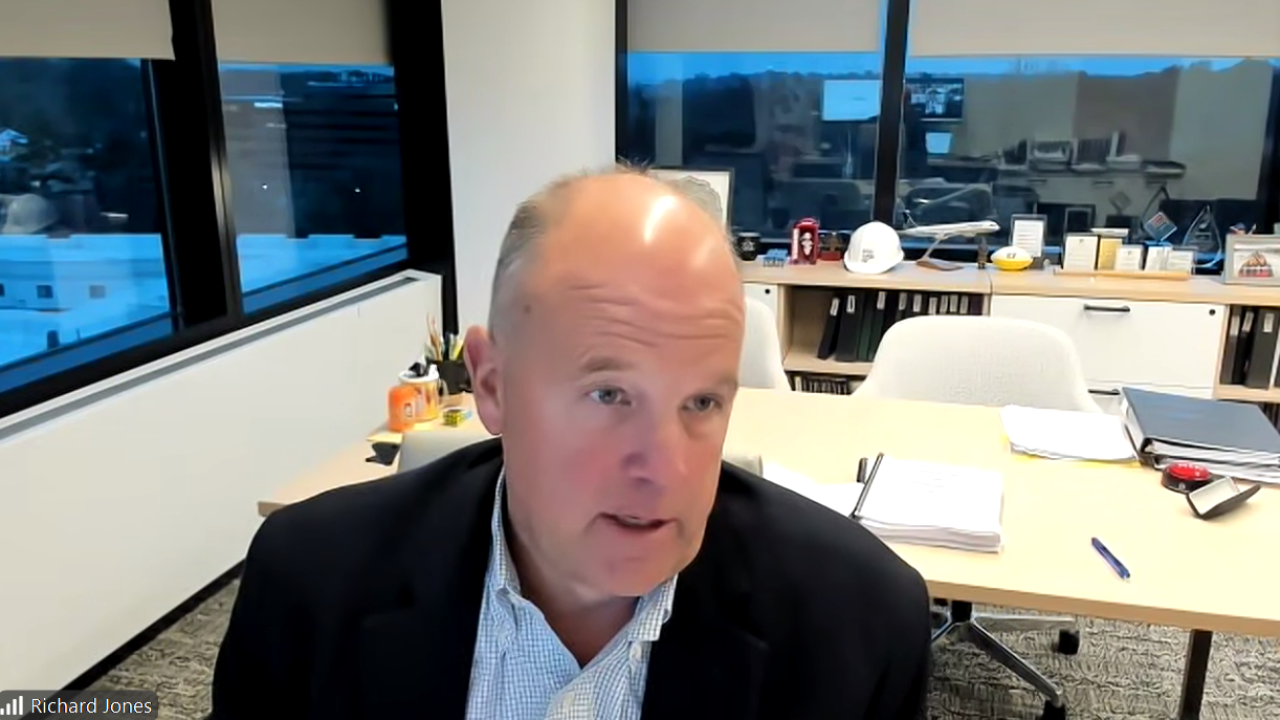The Internal Revenue Service faced challenges last tax season providing telephone service to taxpayers and responding to their correspondence, continuing the negative trends in recent years despite some efficiency gains and efforts to improve service, according to a
In 2012, 82 percent of individual taxpayers filed their returns electronically, reducing the IRS's processing costs. The IRS also increased calls answered using automated service and added a variety of self-service tools that helped provide greater efficiency.
However, the IRS's level of telephone service (the percentage of callers seeking live assistance who receive it) declined to 68 percent. In addition, of the 21 million pieces of paper correspondence received by the IRS, approximately 40 percent were considered overage (meaning that IRS did not respond within 45 days of receipt), an increase compared to last year.
While the IRS plans to continue to pursue efficiency gains, its strategy for future years does not specifically address how it plans to reverse these negative trends. Reversing the declines in telephone and correspondence services may require the IRS to consider difficult tradeoffs, the GAO report noted, such as reassessing which phone calls the IRS should answer with a live assistor and which it should not because automated services are available.
The tax filing season is an enormous undertaking, the GAO report acknowledged. The IRS needs to process millions of tax returns, issue billions of dollars in refunds, and provide service to millions of taxpayers over the phone, online and face-to-face. The IRS also needs to identify taxpayers who owe additional taxes and begins the process of collecting their balance due.
The GAO identified approximately 3.8 million returns in which taxpayers self-acknowledged a total balance due of $13.8 billion for tax year 2010, the most recent data available. During the IRS's notice phase, when the agency sends letters to taxpayers informing them how to pay the balance, the majority of this amount is either fully paid or accounted for through installment agreements.
However, at least $4.4 billion remained uncollected after the IRS sent as many as four notices to taxpayers. These amounts become subject to more costly collection actions, such as phone calls or face-to-face contact.
Best practices, such as risk-based approaches in which contacts are tailored to the taxpayer, have helped increase collections in states such as New York and California. The IRS has also developed an analytics plan and uses some risk-based processes to identify which notices taxpayers will receive. But the agency has not yet implemented the plan and management responsibilities are unclear. As a result, the IRS has not tested more advanced risk-based approaches. This may lead to delayed collection of taxpayer debt, higher costs for the IRS, and additional penalties for taxpayers who pay late.
The GAO recommended that the IRS outline a strategy to improve taxpayer service, define appropriate levels of service, and describe how it intends to manage performance declines; clearly define the roles and responsibilities of those reviewing the notice phase; and pilot risk-based approaches for contacting taxpayers who have a balance due.
In response to GAO's first recommendation, the IRS said it is pursuing several steps to improve service and described its plans to implement the other recommendations.
“While significant gains in taxpayer service and collection of taxes have been achieved, more can be done in some areas noted in your report,” wrote IRS Acting Commissioner Steven T. Miller in a statement. “For example, we are pursuing implementation of Advanced Consolidated Decision Analytics (ACDA), which will apply a risk-based approach to balance due returns, expediting taxpayer contact after the first notice. Successful implementation of ACDA will assist the IRS in collecting taxes due more efficiently and effectively.”
Miller added that the IRS plans to offer better customer service at the IRS by improving contact center efficiency, providing issue resolution alternatives to reduce customer demand, and equipping the workforce with productivity tools.





